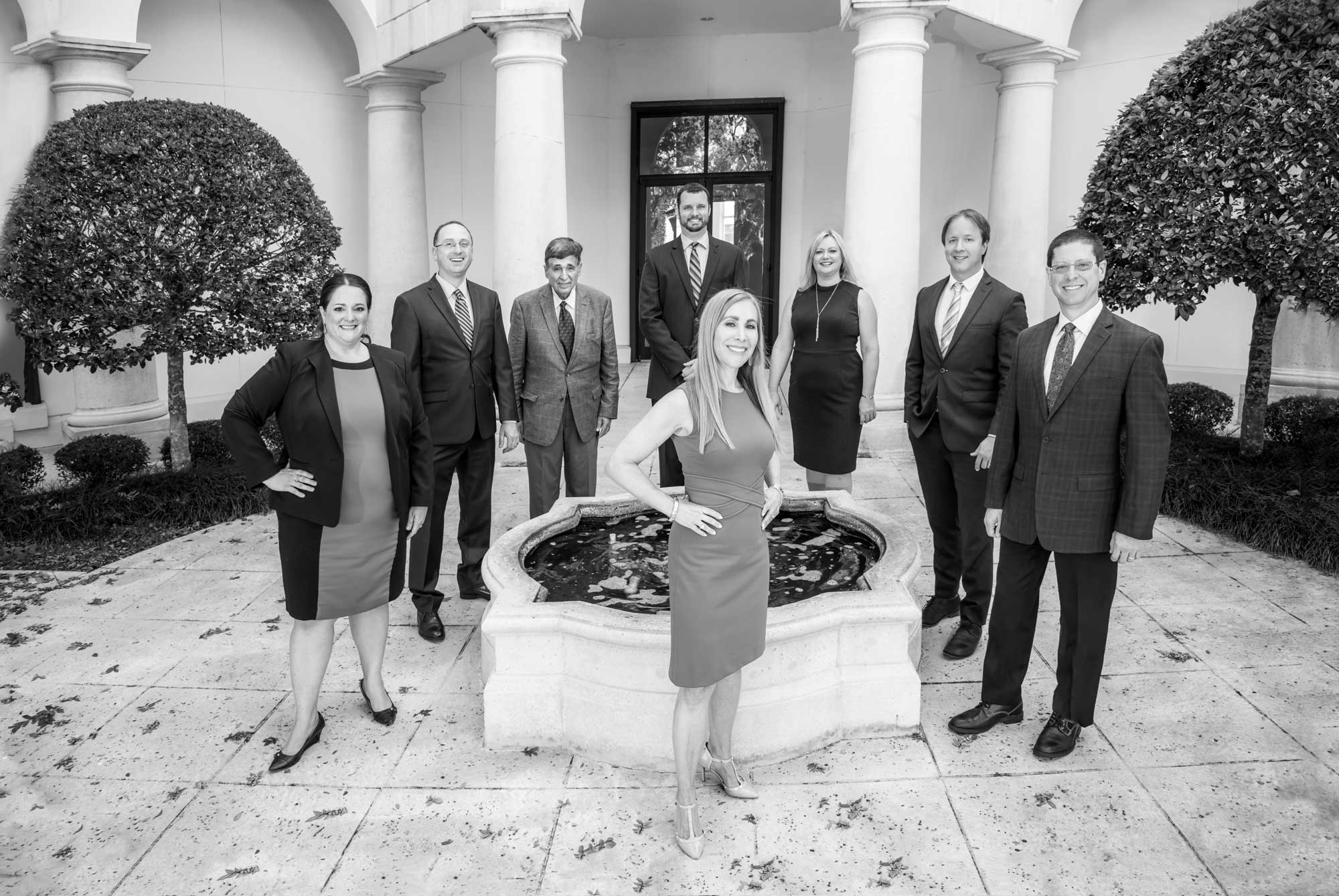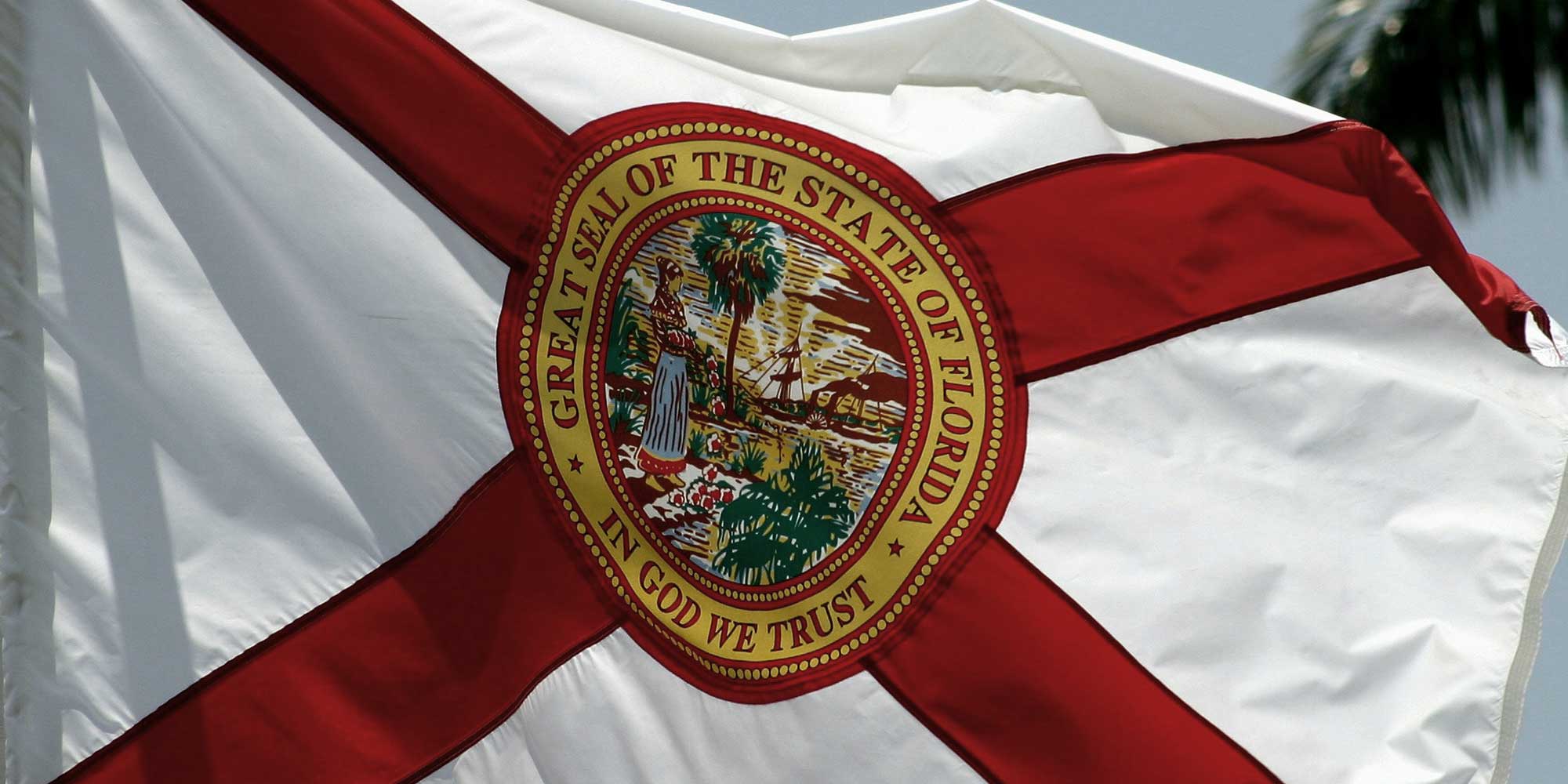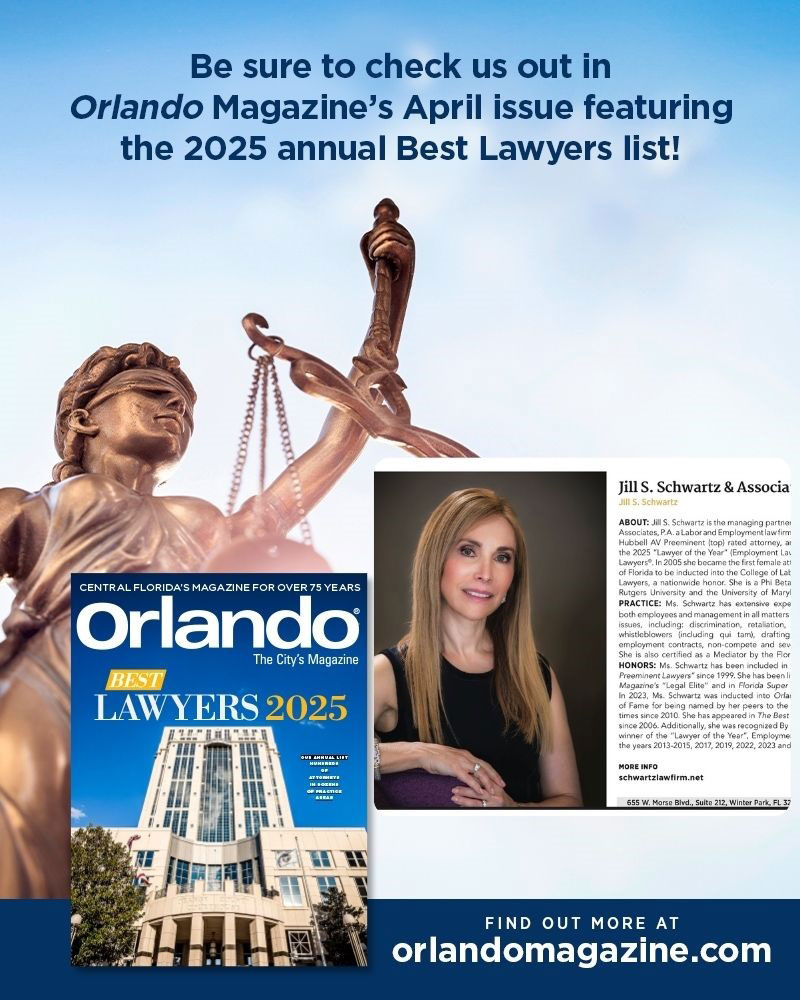As defined by the Encyclopedia Brittanica, AI is the “ability of a digital computer or computer-controlled robot to perform tasks commonly associated with intelligent beings. The term is frequently applied to the project of developing systems endowed with the intellectual processes characteristic of humans, such as the ability to reason, discover meaning, generalize, or learn from past experience.”[1] Although AI has been a mainstay for many years (for example, Apple’s Siri was launched in 2011, and Amazon’s Alexa was introduced in 2014), since 2022, with the launch of ChatGPT, AI has very much come to the forefront of society, from music to AI-generated photos.[2] Likewise, the use of AI in the legal field has also exponentially increased in the last ten years, with companies such as LexisNexis, Westlaw, and Clio offering tools to assist law firms in their day-to-day operations with things such as taking notes during phone calls (with the client’s permission), searching for case law, or even drafting documents. This blog post will explore the use of AI in the legal field and will provide some suggestions to avoid frightening pitfalls. This is a follow-up to our September 2024 post, which focused on the Florida Bar ethical opinion on the use of AI in the law.
Although AI can certainly be a useful tool, there have been multiple cases recently where the use of AI by attorneys went horribly wrong. For instance, in February, attorneys from a well-known law firm (and its co-counsel) were sanctioned by a District Court in Wyoming for citing eight non-existent cases, some of which were generated by an internal AI platform.[3] In its order sanctioning the attorneys, the court noted that although AI can be beneficial, “the current state of AI has its shortcomings. The legal profession has been cautious to make a head-first dive partly because of a concept referred to as ‘AI Hallucinations.’ A hallucination occurs when an AI database generates fake sources of information.”[4] The court noted that AI hallucinations are not unique to the legal field and emphasized that the case was “simply the latest reminder to not blindly rely on AI platforms’ citations regardless of profession.”[5] The court stressed that attorneys must manually check and verify their sources.[6]
Similarly, in a case from California, attorneys from two firms were sanctioned for submitting a brief that contained multiple hallucinated citations.[7] The attorneys filed a “corrected” brief that also contained at least six AI-generated errors.[8] The attorneys were chastised by the court for not verifying the citations and were sanctioned, including being ordered to pay $31,100 in defendant’s legal fees and to disclose the matter to their client.[9] These cases, and the many others like them, demonstrate that attorneys must be careful when relying upon AI, particularly when submitting briefs or other documents to the court. For Florida attorneys, the Florida Bar has developed a guide for getting started with AI.[10]
It is also important for clients to understand that AI sources do not always provide reliable information regarding their claims (or potential claims). Although it is certainly quick and easy to Google information or place a set of facts into ChatGPT (or a similar service), such information is not necessarily trustworthy. It is vital that clients speak with counsel regarding their claims so that the proper laws, rules, or regulations can be relied upon. For attorneys, although AI can be a very helpful tool, it is important to always check the information provided by AI and to verify the sources provided. Failure to do so can easily lead to a very “spooky” situation indeed.
If you have any questions or concerns regarding this topic, or any topic related to labor and employment law, please contact us.[11]
[1] B.J. Copeland, Artificial Intelligence, Brittanica.com, https://www.britannica.com/technology/artificial-intelligence (last visited Sept. 29, 2025).
[2] Introducing ChatGPT, OpenAI.com, https://openai.com/index/chatgpt/ (last visited Sept. 29, 2025). For information related to Siri and Alexa, see The Evolution of AI-Powered Personal Assistants: A Comprehensive Guide to Siri, Alexa, and Google Assistant, Medium.com, https://megasisnetwork.medium.com/the-evolution-of-ai-powered-personal-assistants-a-comprehensive-guide-to-siri-alexa-and-google-f2227172051e (last visited Sept. 29, 2025).
[3] Debra Cassens Weiss, No. 41 law firm by head count sanctioned over fake case citations generated by AI, ABA Journal, available at https://www.abajournal.com/news/article/no-42-law-firm-by-headcount-could-face-sanctions-over-fake-case-citations-generated-by-chatgpt (last visited Sept. 29, 2025).
[4] Order on Sanctions and Other Disciplinary Action, Wadsworth v. Walmart Inc, et al., Case No. 2:23-CV-118-KHR (D. Wyo. Feb. 24, 2025), at *2, available at https://storage.courtlistener.com/recap/gov.uscourts.wyd.64014/gov.uscourts.wyd.64014.181.0_1.pdf (last visited Sept. 29, 2025).
[5] Id.
[6] Id.
[7] Bob Amrogi, AI Hallucinations Strike Again: Two More Cases Where Lawyers Face Judicial Wrath for Fake Citations, LawSites, https://www.lawnext.com/2025/05/ai-hallucinations-strike-again-two-more-cases-where-lawyers-face-judicial-wrath-for-fake-citations.html (last visited Sept. 29, 2025).
[8] Id.
[9] Id.
[10] The Florida Bar Guide to Getting Started with AI, Legal Fuel, https://www.legalfuel.com/guide-to-getting-started-with-ai/ (last visited Sept. 29, 2025). The guide provides a comprehensive overview of the use of AI in the law, including a discussion of ethical concerns with the use of AI. These issues were the subject of our September 2024 blog.
[11] This entire blog post was penned by a human hand — except for this tiny footnote, which was whispered into existence by ChatGPT.
Photo by Nahrizul Kadri on Unsplash
















